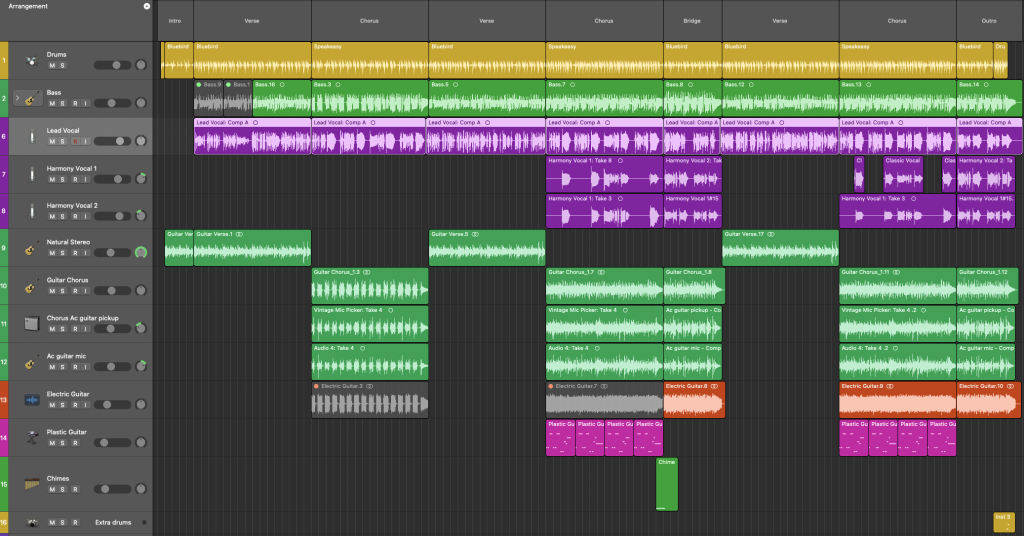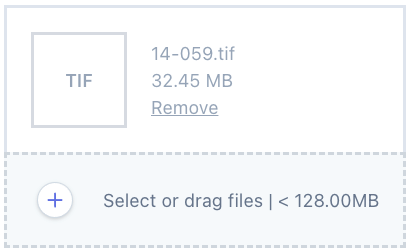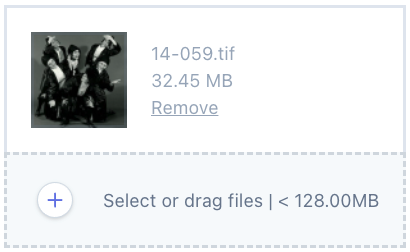Tailwind is a CSS framework created by Adam Wathan, and beloved by many. I’ve found it’s really helped me understand CSS grid in particular, and has made building responsive layouts really easy. It sometimes comes in for criticism because it is based on utility classes, meaning you mostly skip the ability to attach styles to elements via CSS selectors (a fundamental feature of CSS). However, when it’s used with a content framework that provides components (like Laravel’s Blade), they can effectively take on that role and prevent repetition. One of the consequences of using Tailwind is that you often end up with lots of classes in HTML class attributes.
Anyway, Tailwind is cool and I like it, so I decided to write a song about it, in the same vein as my previous effort for The Good Ship Laravel.

It’s all about a hapless, design-challenged developer (could that possibly be me??) having trouble with their styling and layout, and thinking they should give this Tailwind thing a go as a way to help them solve it. They give Tailwind a try, it takes them a while to get to grips with it, but they finally figure it out and all is rosy.
The “I ain’t got no style; I got Tailwind” line was the first line that came to me, followed by “I got classes…”, giving me most of the chorus, but the verses took a while longer. I wrote the music for the chorus first, then worked backwards to make a verse that led into it nicely. There’s a break in the middle that seemed really obvious (“When my mode is getting dark…”), straight out of many other songs – there’s nothing revolutionary going on here!
I played the guitar parts for the chorus (which is a simple C, Am, G), and eventually found a sequence for the verse that worked well (C, F, Dm, G, then Csus2, G at the end). I wrote a very melodic bassline on keyboard. Logic Pro’s Drummer took care of the brush-style drums – I didn’t spend too much time on them. Unfortunately I then found I simply couldn’t play the chord changes in the verse smoothly enough, so I enlisted the help of musicalduo on Fiverr, who did a great job of it. He also played a really smooth version of the bass part, which I hadn’t asked him to do. So my guitar playing only appears in the chorus, and I need to practice more!
I don’t rate my singing (I would love to work with someone that can sing!), but Logic’s Flex Pitch editing works wonders. I also really like using it for vocal harmonies – figuring them out using Flex Pitch, then re-singing them, just as I did for The Good Ship Laravel. I had a cold for a couple of weeks and early versions sounded like I was holding my nose, so I re-recorded them when I was feeling less bunged up! I’ve discovered that you can get away with really bad backing vocals, so long as they are in tune!
I have some other, older songs I’ve not released, one about npm, one about being an open source maintainer, and a half-finished Whitney Houston-style belter about composer… PRs welcome!
If you like this song, please consider supporting me by buying my albums on Bandcamp, and sharing links to my music on your socials.
Lyrics [Verse] I’m trying to build an app that looks good It’s all taking much more time than it should Classes and styles going ‘round in my head turns out it’s not as easy as I originally said. I’m finding my breakpoints, feeling defeated and all this old stuff will have to be deleted One thing is clear from all this confusion I’ve had to come to an unfortunate conclusion [Chorus] No, I ain’t got no style; I need tailwind I got problems, maybe more than a few I need tailwind Oooooh, I ain’t got style; I need tailwind Not sure what I’m gonna do I need tailwind [Verse] You might think I’m crazy, but I’m gonna read some docs I’ve gotta figure out how to arrange all these blocks It looks great on my Mac, but explodes on my phone and judging by Stack Overflow, I’m not alone I ask, “hey Adam, you got any ideas?” He says, “yeah, get Tailwind to mop up those tears” So I’m going with the flow, flexing my grid trying to figure out what those tutorials did, but still, [Chorus] I ain’t got no style; I’ll try tailwind I got problems, maybe more than a few I’ll try tailwind Oooooh, I ain’t got style; I’ll try tailwind Not sure what I’m gonna do I’ll try tailwind [Middle] When my mode is getting dark and my layouts fall to bits I keep trying all kinds of things until suddenly everything clicks [Verse] My grid’s all cool unlike my previous wreck I don’t have to keep my units in check I love my pretty colours, my text is so clean I hate to think of what it might have been, but now I’m slicing up my blade into little tiny pieces It’s the moment for components, it’s all utility I’m loving how it works everywhere, especially on my phone Tailwind’s really in several classes of its own [Chorus] No, I ain’t got no style; I got tailwind I got classes, maybe more than a few I got tailwind Oooooh, I ain’t got style; I got tailwind Maybe you’d like to try it too We got tailwind [Outro] Oooooh, I ain’t got style; I got tailwind Oooooh, I ain’t got style; I got tailwind


